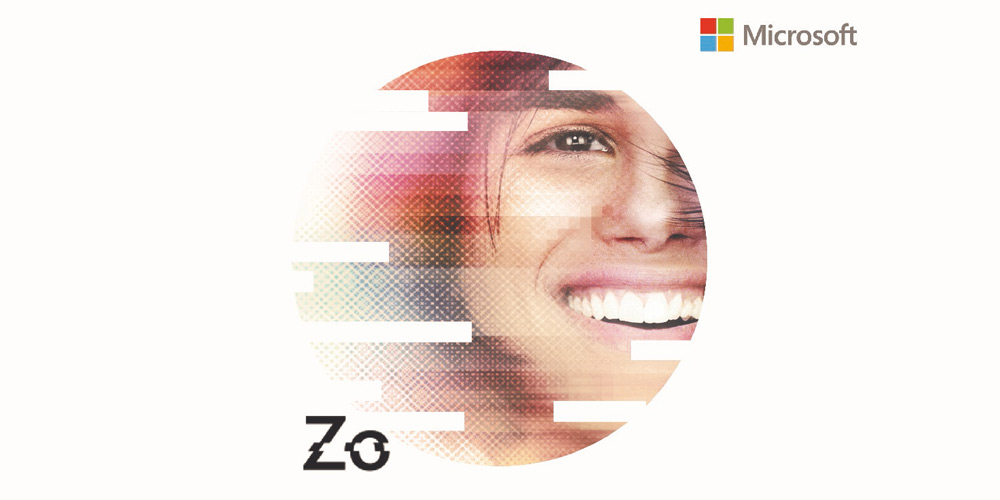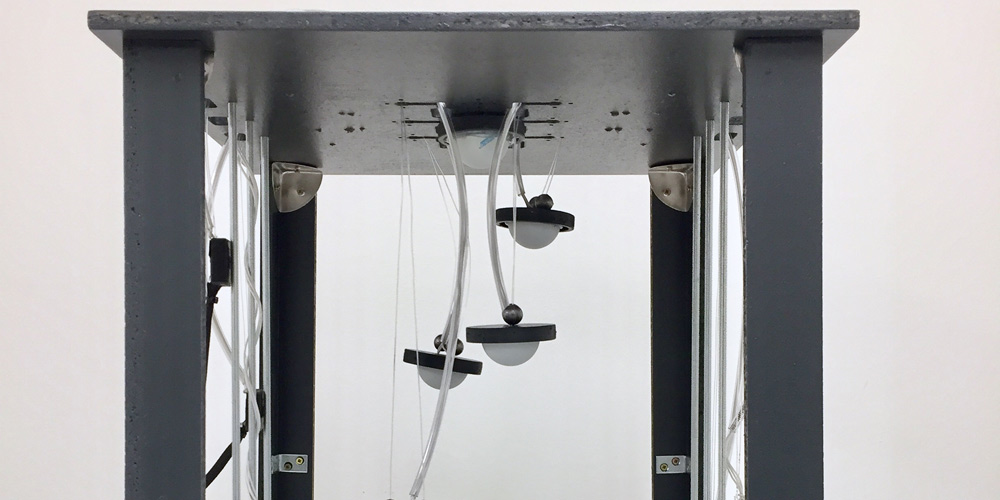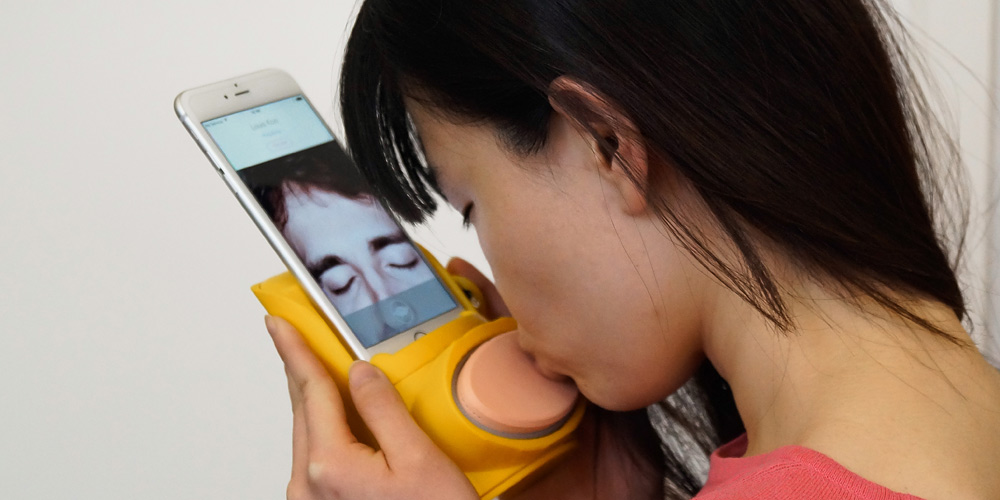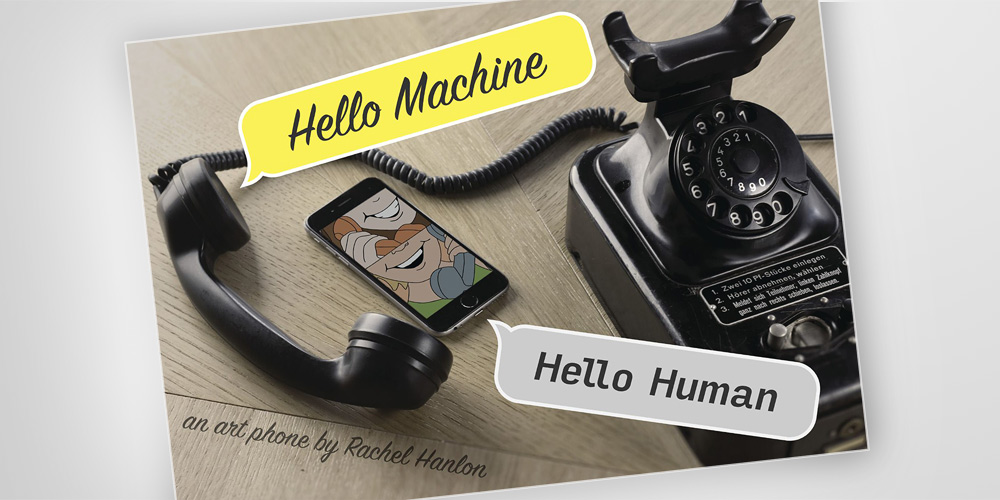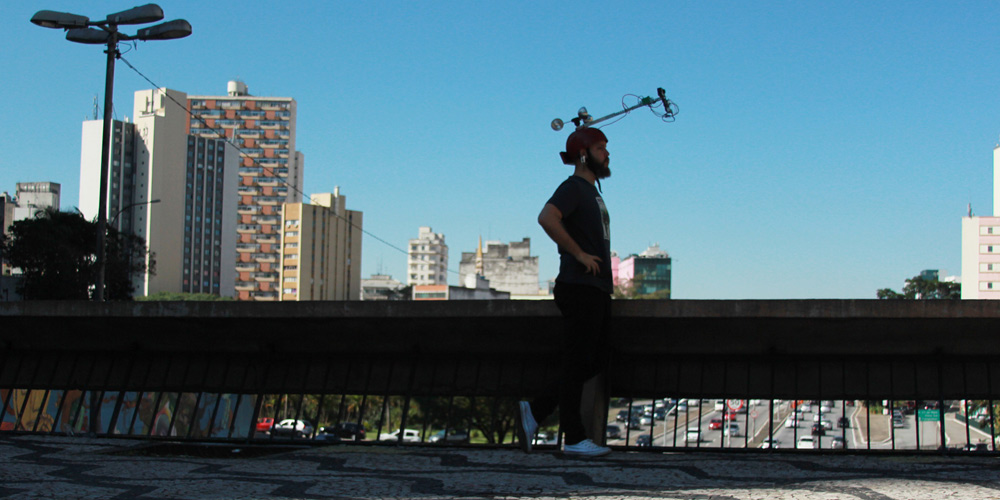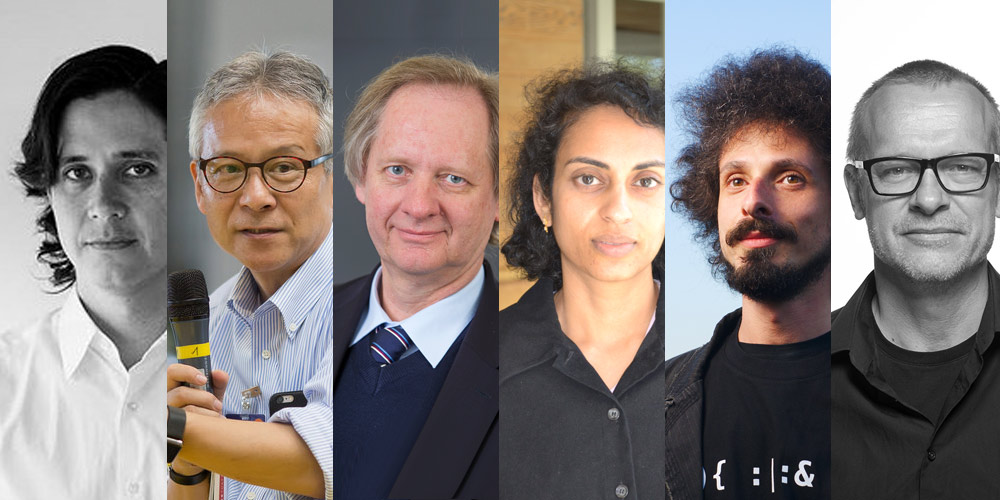
“Future in a Nutshell – Future for All” stands for an intensive examination of the most important technological developments that are imminent over the course of the coming decade. Internationally renowned experts from various fields present highly relevant topics in concise keynotes. They highlight the most important technical research areas that are about to change our lives, our economy and our society far beyond the reach of past technological trends.


